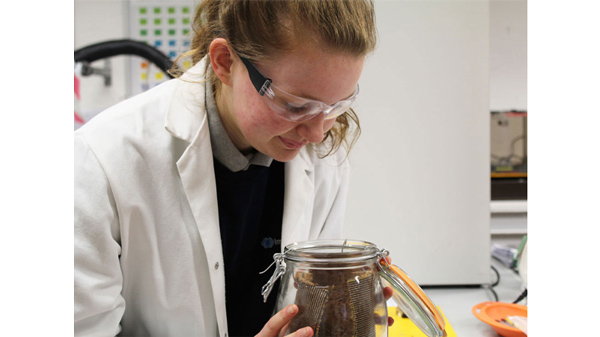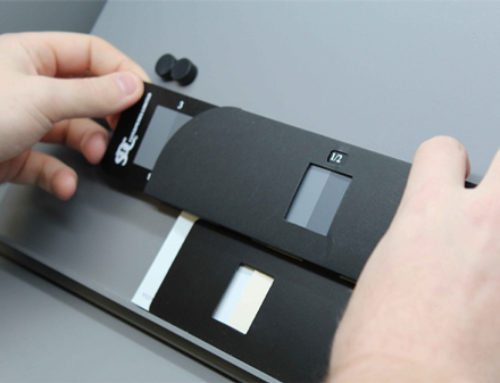Odour Testing – Determination and Assessment of Odour from Interior Trim Materials
Laboratory Test Method BO 131-01
When you are building a product such as a car, the interior trim is just as important as the exterior materials. You want it to look and feel brand new and everyone loves that new car smell. As soon as you open the door, it hits you. Would you buy a new car with a foul smell?
Laboratory odour testing, method BO 131-01, is used to determine the odour originating from interior trim materials, components and assemblies in the passenger or luggage compartment. For example, if the carpets within your car were to get wet from a spillage or from water on the sole of your shoes when it has been raining outside, would this affect the smell of your car interior? Therefore, it makes sense manufacturers like to test their materials and products to real-life situations and environments.
Conditioning
Odour testing, method BO 131-01, tests just that. The sample material on test is required to be conditioned in a controlled atmosphere of 23 +/-2 ˚C and 50 +/-5 % relative humidity for not less than 24hours prior to testing and tested under the same conditions unless otherwise specified.
Method Procedure
3 specimens of the same material are suspended in a jar, where 30ml of distilled or deionised water is added carefully to the jar to avoid wetting the samples. The 3 specimens should not be in contact with each other and they should not be in contact with the water level. The jar is then placed in a mechanical convection oven with a maintained temperature of 40 +/- 2 ˚C for 16hours.
To rate the odour of the samples, six observers are needed. The observers should be staff who do not work in the production facility. People who are also unsuitable are heavy smokers, users of strong aromatic perfumes and people with sinus problems. The odour testing should be conducted in an environment free from drafts.
One the jar is removed from the mechanical convection oven, the observer should immediately open and rate the samples while in the jar from the odour ratings listed below. The observer’s nose should be positioned about 2-3cm from the jar and then the lid should be removed allowing the observer to slowly inhale. The lid should not be off the jar for more than 5seconds.
*The odour testing ratings are:
- No dour
- Detectable, but not disturbing – Acceptable
- Disturbing – Not acceptable
- Extremely disturbing – Not acceptable
*Acceptability should be decided on the basis of whether the observer would purchase a vehicle with such odour.
The jars should be placed back into the mechanical convection oven for 15mins in between observers.
It may appear to be a rather odd test method, however, there is logic to test how a material, such as a car interior trim, can have a strong effect on our senses. The sense of smell can have strong psychological consequences where signals are transmitted to parts of the brain responsible for smell identification, memory and emotion. This meaning, that a foul-smelling odour could be strong enough to turn someone away from buying a car.
For more information, get in touch today, or follow us on LinkedIn and Twitter.
Alternatively, view our full range of testing here.



